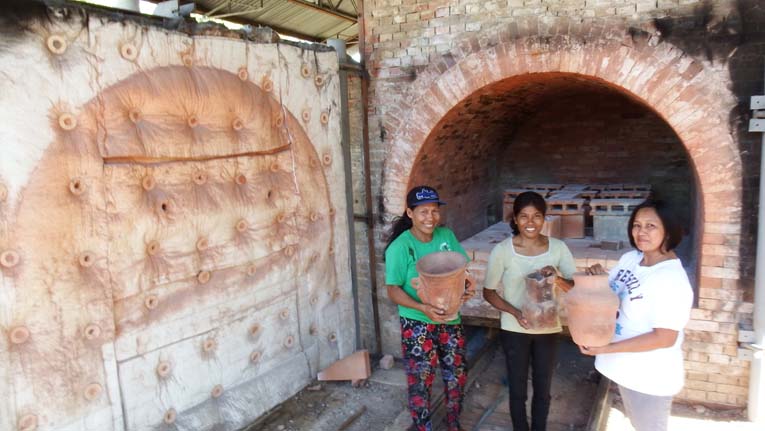
Manual on Corporate Governance
Code of Conduct and Business Ethics
Integrated Annual Corporate Governance Report
Integrated Annual Corporate Governance Report 2022
Integrated Annual Corporate Governance Report 2021
Integrated Annual Corporate Governance Report 2020
Integrated Annual Corporate Governance Report 2019
Integrated Annual Corporate Governance Report 2018
Integrated Annual Corporate Governance Report 2017
Annual Corporate Governance Report 2016
Annual Corporate Governance Report 2015
Annual Corporate Governance Report 2014
Annual Corporate Governance Report 2013
Annual Corporate Governance Report 2012
Board Committees and Charters
Internal Audit Charter
Enterprise Risk Management
ASEAN Corporate Governance Scorecard
Company's Policies
Information Policy
Board Diversity Policy
Alternative Dispute Resolution Policy
Conflict of Interest Policy
Whistleblowing Integrity Reporting
Executive Succession Plan Policy
Director and Executive Remuneration Policy
Gifts and Entertainment
Related Party Transaction Policy
Material Related Party Transaction Policy
Insider Trading Policy
Safety, Health and Welfare Policy
Social Development Policy
Environmental Policy
Safeguarding Creditors' Rights Policy
Supplier and Contractor Policy
Customer Welfare Policy

Corporate Governance > Economic Empowerment > Employment and livelihood > Semirara's clay
Semirara's clay
Although commercial production of clay hollow bricks, pavers, tiles and roofing materials is being prepared through the company’s new subsidiary, Semirara Claystone, Inc., Semirara’s clay is now being used to build houses, offices, churches, and facilities on the island. Current production of construction materials made of clay provide a living to about 200 local families.
Clay from the Panian Mine operations used to be considered as mine waste until it was recently discovered to be of good quality for pottery, terra cotta art and various construction materials.




